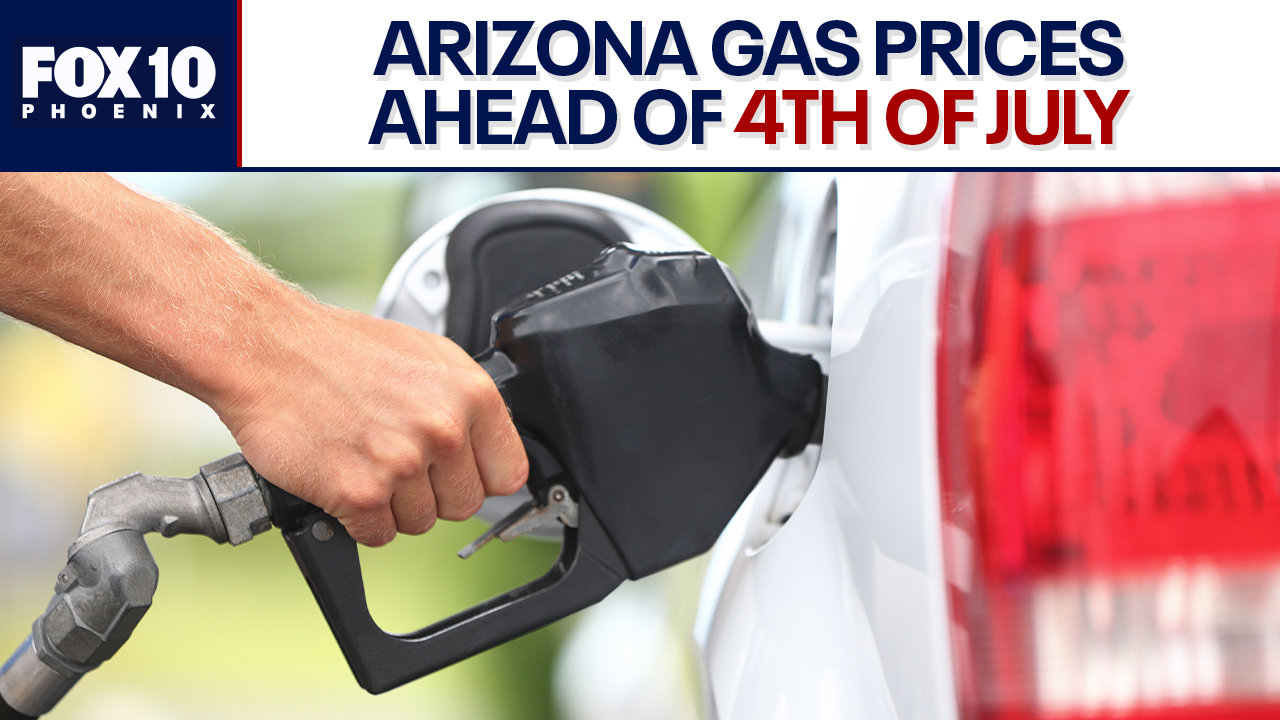Gas Prices Drop to Lowest Levels Since 2021 Ahead of July 4th

Drivers planning to hit the road for the July 4th holiday weekend are in for a pleasant surprise. Gas prices have fallen to their lowest levels since 2021, offering some financial relief amid rising costs in other sectors. The national average for a gallon of regular gasoline now stands at $3.50, a significant decrease from the previous year.
This unexpected dip comes as a result of several factors, including increased oil production and a stabilization in global markets. The decline is particularly welcome news for millions of Americans who traditionally take to the highways to celebrate Independence Day with family and friends.
Factors Behind the Price Drop
The drop in gas prices can be attributed to a combination of increased domestic oil production and a decrease in global demand. According to the U.S. Energy Information Administration, domestic oil output has risen by nearly 10% this year, contributing to a surplus in supply.
Meanwhile, global demand has softened due to economic slowdowns in key markets such as China and Europe. This has led to a stabilization of oil prices, which had been volatile in recent years due to geopolitical tensions and supply chain disruptions.
Impact on Holiday Travel
The timing of the price drop couldn’t be better for holiday travelers. According to AAA, an estimated 43 million Americans are expected to travel by car over the holiday weekend, a 5% increase from last year. The lower gas prices are likely to encourage even more people to take road trips, boosting local economies along popular travel routes.
“With gas prices at their lowest in two years, we anticipate a record number of travelers hitting the road this July 4th,” said AAA spokesperson Jeanette McGee.
Historical Parallels and Economic Context
This isn’t the first time gas prices have seen a significant drop around a major holiday. In 2019, prices also fell sharply ahead of the summer travel season, driven by similar factors of increased production and decreased demand. However, the current economic context adds a new layer of complexity.
While gas prices are down, consumers are facing higher costs in other areas such as food and housing. Inflation remains a concern, with the Consumer Price Index showing a 4% increase over the past year. The relief at the pump may provide some temporary respite, but broader economic challenges persist.
Expert Opinions
Economists are cautiously optimistic about the current trend in gas prices. “The decrease in gas prices is a positive development, but it’s important to consider the broader economic picture,” said Dr. Lisa Thompson, an economist at the University of Southern California. “While consumers are saving at the pump, they are still grappling with higher prices in other areas.”
According to Dr. Thompson, “The key will be whether these lower prices can be sustained in the long term, particularly as global markets continue to fluctuate.”
Looking Ahead
As the holiday weekend approaches, all eyes will be on the gas pumps to see if prices continue to hold steady or even decrease further. The current trend offers a glimmer of hope for consumers, but experts warn that the situation could change rapidly due to unforeseen geopolitical events or shifts in global demand.
For now, drivers can enjoy the unexpected windfall and make the most of their holiday plans. As always, staying informed and planning ahead will be key to navigating the ever-changing landscape of fuel prices.
The coming months will reveal whether this dip is a temporary reprieve or the start of a more sustained trend in lower fuel costs. Until then, the open road awaits those ready to take advantage of this summer’s unexpected gift.






